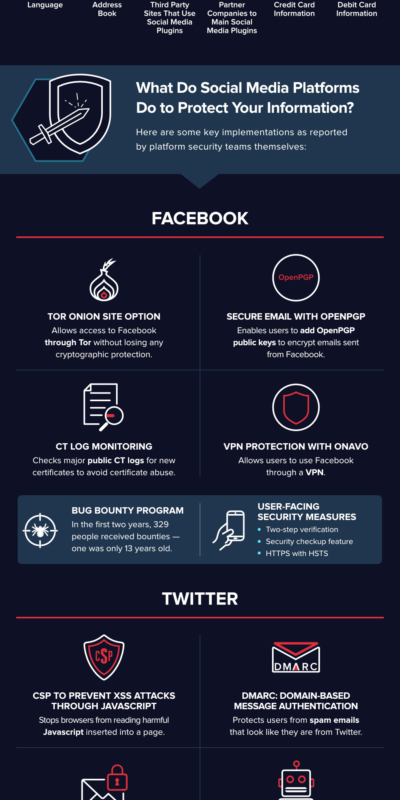Big dreams are even more in reach for entrepreneurs as Forbes projected last year that crowdfunding transactions could reach as high as $500 billion annually, growing from about $1.5 billion in 2011. Data supports the continual emergence of crowdfunding by reporting that proven numbers show investment crowdfunding provides access to capital, funds startups and drives job creation. In the words of The Crowd Cafe, “investment crowdfunding works.” For example, by mid-October 2013, crowdfunding platform FundingCircle raised a total of $239,625,664. Crowdcube raised a total of $20,746,183, and Seedrs raised a total of $2,698,898. For any entrepreneur with a philanthropic spirit and business-driven ambition, learning more about crowdfunding and its two basic models could greatly benefit you. The following two success stories will also inspire you to never short yourself of your dreams and passions.
Crowdfunding
Kickstarter, Inc. describes crowdfunding as the process of bringing creative projects to life. Forbes describes crowdfunding as collaborative funding on the Web supporting a collaborative economy. The two crowdfunding models include donation-based funding and the formerly mentioned investment crowdfunding. Crowdfunding originated with donation-based funding in which people make donations to a project to meet a collaborative goal, receiving perks and rewards in return. Although emerging entrepreneurs could cash in annuity payments sooner for a business investment through companies like J.G. Wentworth or apply for a loan from a bank, crowdfunding pulls monetary resources from outsiders who believe in the vision and mission.
Investment crowdfunding is a model in which funders become owners or shareholders of a company. These owners and shareholders provide capital for businesses that sell ownership stakes, such as equity and debt. Other crowdfunding developments include mobile solutions and localization, which fund geo-specific projects. Top platforms participating in this modern form of entrepreneurial finance and social entrepreneurship include Indiegogo, Crowdfunder, RocketHub, Crowdrise and StartSomeGood.
Do Good Bus
Rebecca Pontius spearheaded the organization Do Good Bus by raising $100,000 on crowdfunding platform StartSomeGood. The mission of Do Good Bus is to show people how to volunteer. Pontius used her 10 years of volunteer experience in L.A. to help others get involved and help communities. Volunteers ride a bus to an undisclosed location for a specific cause, from improving a neighborhood to disaster relief. The organization’s mission is to drive awareness, create community, encourage support and do good — all on fun community bus rides.
SMAC! (Sock Monkeys Against Cancer)
Jennifer Windrum created SMAC! by raising $35,000 on StartSomeGood. Sock Monkeys Against Cancer was inspired by Windrum’s mom who was battling cancer — making appointments and getting treatments — 1,200 miles away. The sock monkey became Windrum’s mom’s comforting buddy since she couldn’t be nearby to provide support. Smacancer.com offers the philanthropic monkeys as “tangible support to those battling cancer – reminding them that no one fights it alone.” Sock monkeys NoMo and Phoenix provide the love and comfort people impacted by cancer need. The goal of SMAC! is to create custom monkeys for each type of cancer, and their dream is for hospitals to provide a SMAC! monkey for anyone diagnosed with cancer.


